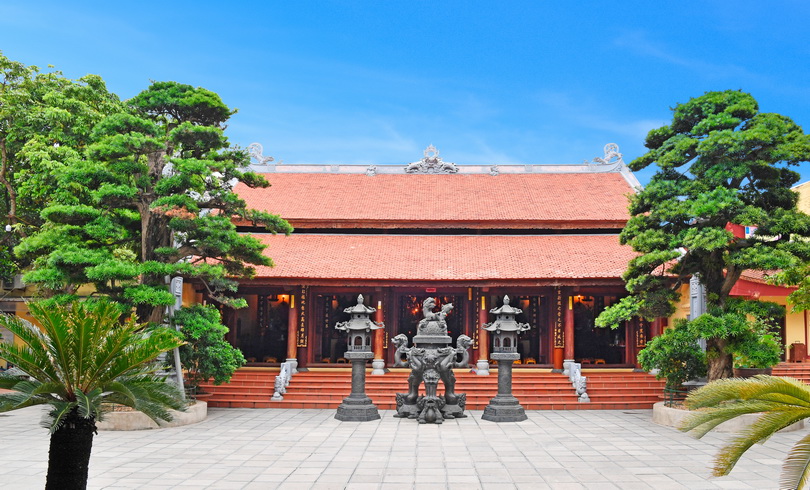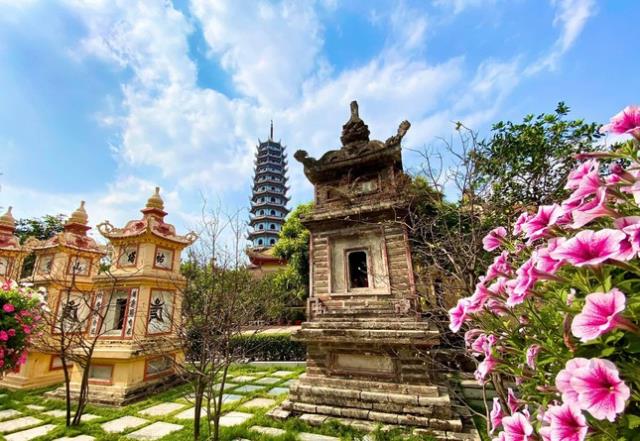Bang Pagoda (Linh Tien Tu)
Overview
Chùa Bằng, also known as Linh Tiên Tự, is a peaceful Buddhist temple located in Dong Anh District, Hanoi, Vietnam. It is known for its serene atmosphere and historical significance, making it a popular destination for those seeking spiritual solace away from the hustle and bustle of the city.

History and Significance
Chùa Bằng was built during the Le Dynasty, around the 15th century. It is a revered site for locals, especially for those practicing Zen Buddhism. The temple holds cultural and spiritual value, particularly among the local people of Dong Anh and surrounding areas. Over the years, it has hosted many significant religious events and remains a center for Buddhist learning and meditation.

Architecture and Highlights
The pagoda is a fine example of traditional Vietnamese Buddhist architecture. Highlights include:
-
The main hall, which houses a large statue of the Buddha.
-
A traditional wooden structure with intricate carvings and decorative elements.
-
Peaceful gardens and a tranquil courtyard perfect for reflection.
-
Bells and incense used in daily rituals, creating a spiritual ambiance.
-
Several smaller shrines dedicated to various deities and Bodhisattvas.
Location and Access
Chùa Bằng is located in Linh Tiên Village, Dong Anh District, approximately 20 km from Hanoi's city center. It is accessible by car, motorbike, or local transport, and offers a peaceful retreat away from the busy urban life of Hanoi.
Cultural and Spiritual Importance
Chùa Bằng holds great significance in the local Buddhist community. It is a site of pilgrimage for those seeking spiritual guidance, protection, and peace. The pagoda also hosts annual festivals and ceremonies that attract a large number of worshippers, especially during Lunar New Year and Mid-Autumn Festival.


